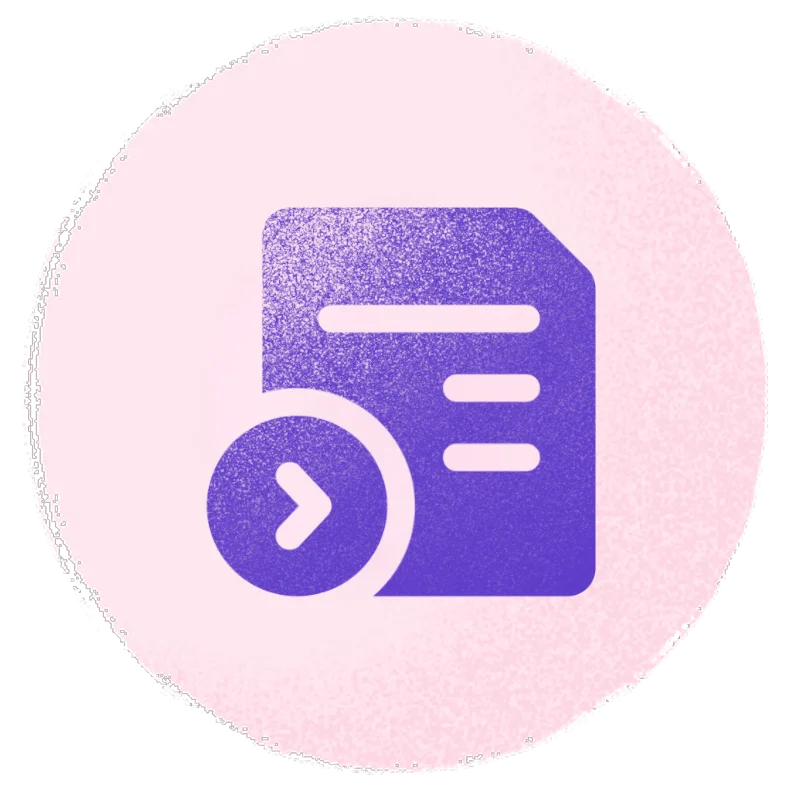Introduction
Data mining for fraud detection is a technique used to find unusual behaviour in data. It can help businesses identify fraudulent activities and protect their assets more effectively. This guide will give an overview of this technology of fraud detection in data mining, how it works and why it’s essential for our businesses.
Overview of data mining for fraud detection
Data mining is analysing data to discover hidden patterns, trends, and associations. Fraud detection is identifying fraudulent transactions from within a larger dataset. Fraud detection in data mining can be done in the following ways:
- Anomaly detection identifies suspicious behaviour. If an account holder has spent $1 million on their credit card in the last year but suddenly charges $10 million at one merchant, this is an abnormality and will warrant inquiry.
- Pattern detection searches for trends in how consumers use credit cards, which might suggest fraud or abuse of cash (for instance, shared checking accounts). Spending more money than usual or more regularly might signal that someone has our bank account or credit card number and is misusing it.
Different types of data mining
- Supervised Data Mining
Supervised data mining uses machine learning on inputs (independent variables) and objectives (dependent variables). The independent variables should predict the dependent variable. How accurately the model predicts future values determines its accuracy. Supervised data mining can help determine which customers will likely commit fraud or for fraud detection in data mining.
- Unsupervised Data Mining
Unsupervised data mining analyses massive records without a goal variable. In this study, no client behaviour or preferences were documented; consequently, we must identify patterns elsewhere. We may learn why customers behave differently by comparing client purchase behaviours over time with demographic information like age or gender.
- Semantic Data Mining.
Semantic data mining focuses on discovering meaning from unstructured text documents such as emails or web pages.
- Insurance fraud detection data mining
A real-world example, an insurance company uses machine learning models trained on its own historical claims data combined with risk scores calculated based on multiple factors, including location history recorded by GPS devices built into smartphones carried around by their customers.
How data mining can help in fraud detection
Data mining finds patterns in data. Data mining analyses enormous volumes of data to find helpful information or anticipate future occurrences.
Data mining can identify fraud in several ways. It can locate false patterns, for example. Certain times of day or weeks, or places with a history of fraud, may see more fraudulent transactions. These strategies are successful if they fit established fraud trends.
Data mining can also predict future trends based on past behaviour. This can be a particularly effective method if you have historical data available. It allows you to see which patterns tend to repeat over time and anticipate what might happen next based on what happened before.
Data mining can help with fraud detection in many ways. For example:
- It can help determine if employees use their company credit cards for personal things and vice versa.
- It can help find cases in which employees make claims for things they didn’t buy or even get. This can also help you figure out if our company has a problem with inventory being stolen.
- It can help find cases where employees charged travel expenses to their company credit card when they weren’t travelling for business or weren’t travelling at all.
Conclusion
In the end, fraud detection and identity verification services in data mining helps companies reduce losses due to fraudulent activity and avoid litigation, chargebacks, and unnecessary service calls. To address issues before they get out of hand, account holders can monitor their accounts using fraud detection. By mining data, those responsible for managing accounts can access their account information in a more accessible and efficient format.
FAQs
1. What is Data Mining?
Data mining is analysing data from multiple sources to identify patterns, correlations, and trends in the data.
2. How does data mining help with fraud detection?
Fraudulent activity often leaves a trail of digital breadcrumbs behind it, whether in financial records, social media posts, or web-based user behaviour patterns. Data mining can help identify these patterns and alert us when something looks suspicious or out of place. This allows us to take action before it becomes too late.
3. What are some use cases of Data Mining In Fraud Detection?
The most common use cases for fraud detection via data mining involve detecting fraudulent transactions by looking for abnormal activity patterns such as spending habits and account activity among multiple sources like credit card statements, POS terminals, online purchases, etc.
4. What are the sophisticated algorithms used for fraud detection in data mining?
Sophisticated algorithms used for fraud detection in data mining are : 1. Logistic regression 2. Neural networks 3. Decision trees etc.





















